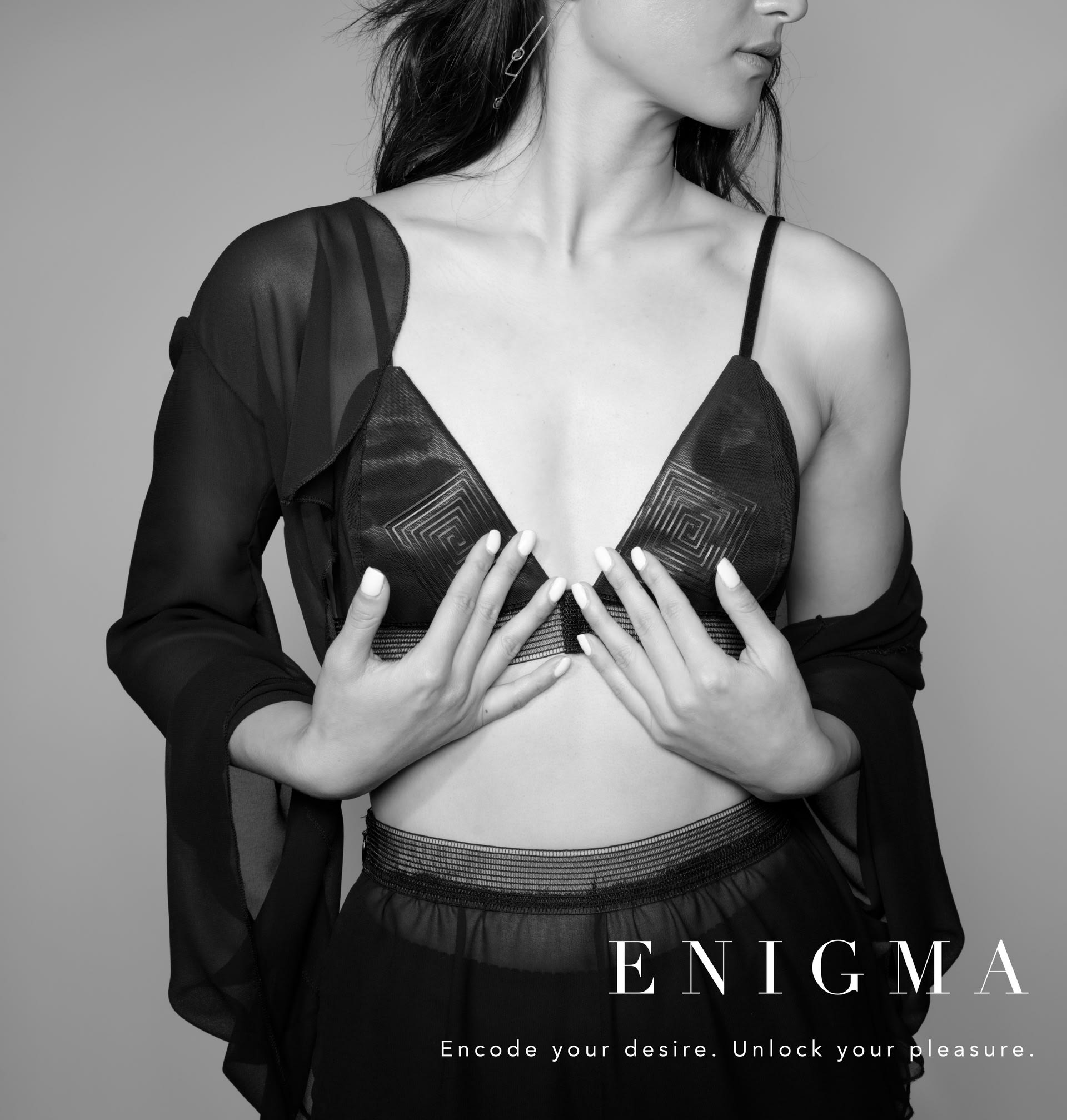Summer is a designer, artist, maker and researcher based in London and Boston. She graduated in 2014 with a Bachelor degree in Marketing and Technology Management and soon worked as a solution analyst in the healthcare industry. In 2016, Summer left her corporate job to pursue her passion for ceramics and worked as a teaching and studio assistant at the Ceramics Program at Office for Art at Harvard University. Summer is currently studying at Royal College of Art and Imperial College in London where she continues to cultivate her curiosity at IDE (Innovation Design Engineering).
Summer Chen


I am a designer with a background in Fine Art and Business. My current projects were ignited by my responses to social and environmental concerns within modern industrial societies. I design projects to investigate innovative ways to bring positive societal changes through product-based design solutions. I aim to strike a balance between delivering successful outcomes and allowing for artistry and exploration within my practice, as I do not view design as a solution in isolation.
My understanding of design is heavily influenced by Victor Papanek and his book Design for the Real World: Human Ecology and Social Change. He promoted community co-design and pro bono schemes that cast users as the crucial participants throughout the design process and urged designers to produce morally and environmentally responsible design solutions. Those are the core values and principles that guide my practice.
I employ an interdisciplinary research-first approach to my projects. Experimentation and active engagement with my environment help me to develop a greater understanding of my target issue; these explorations of the people and materials involved in creating the problem help me identify design solutions that outlast it and adapt well to the people having it.
I view design as a civic service: a powerful tool to explore, engage, and manage societal and ecological transformation; and it is through this lens that I approach my current design practice. I aspire to create real, practical solutions through social innovation by design, and am continuing to explore my creativity at the intersection of art, design and science.




